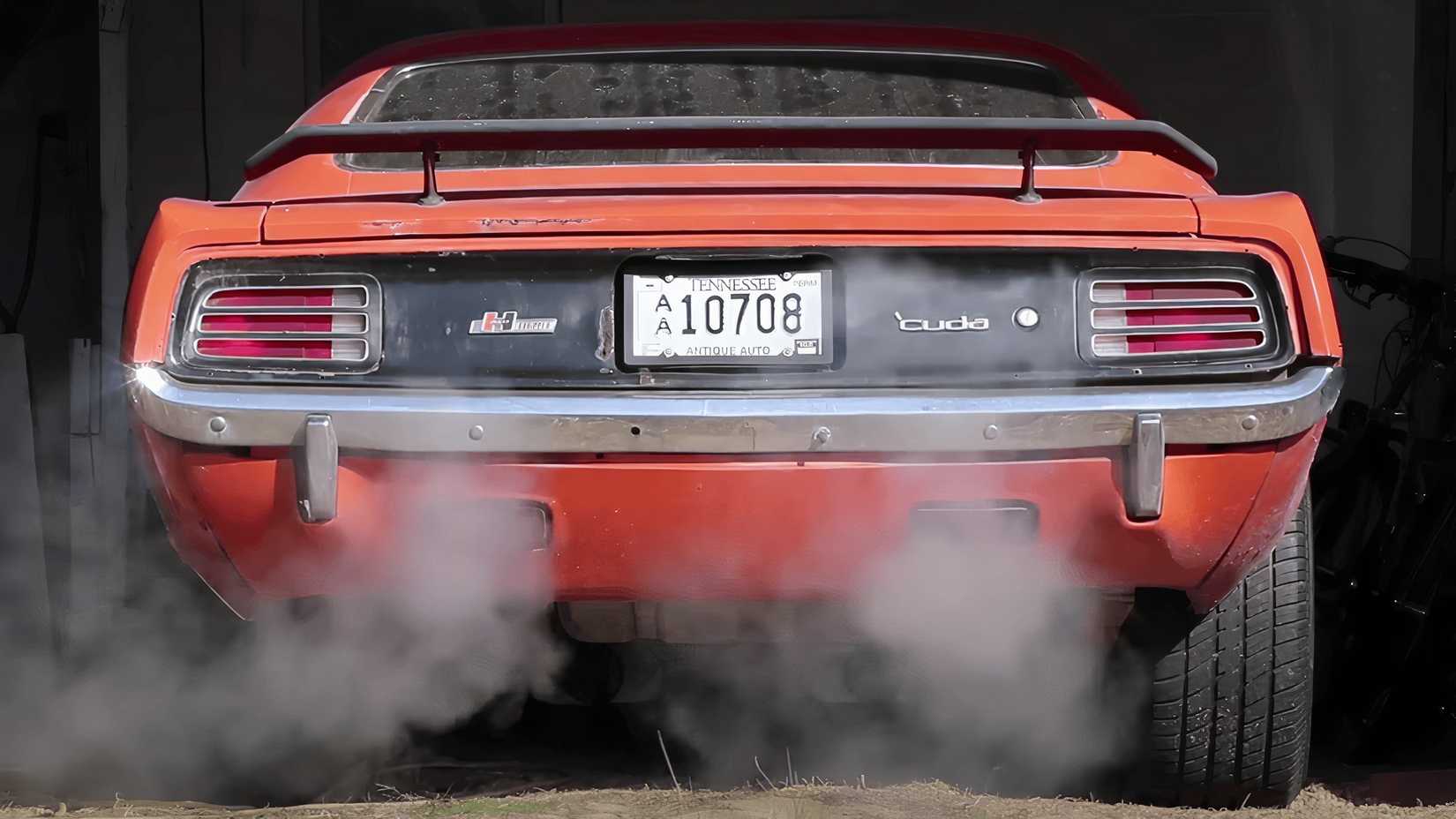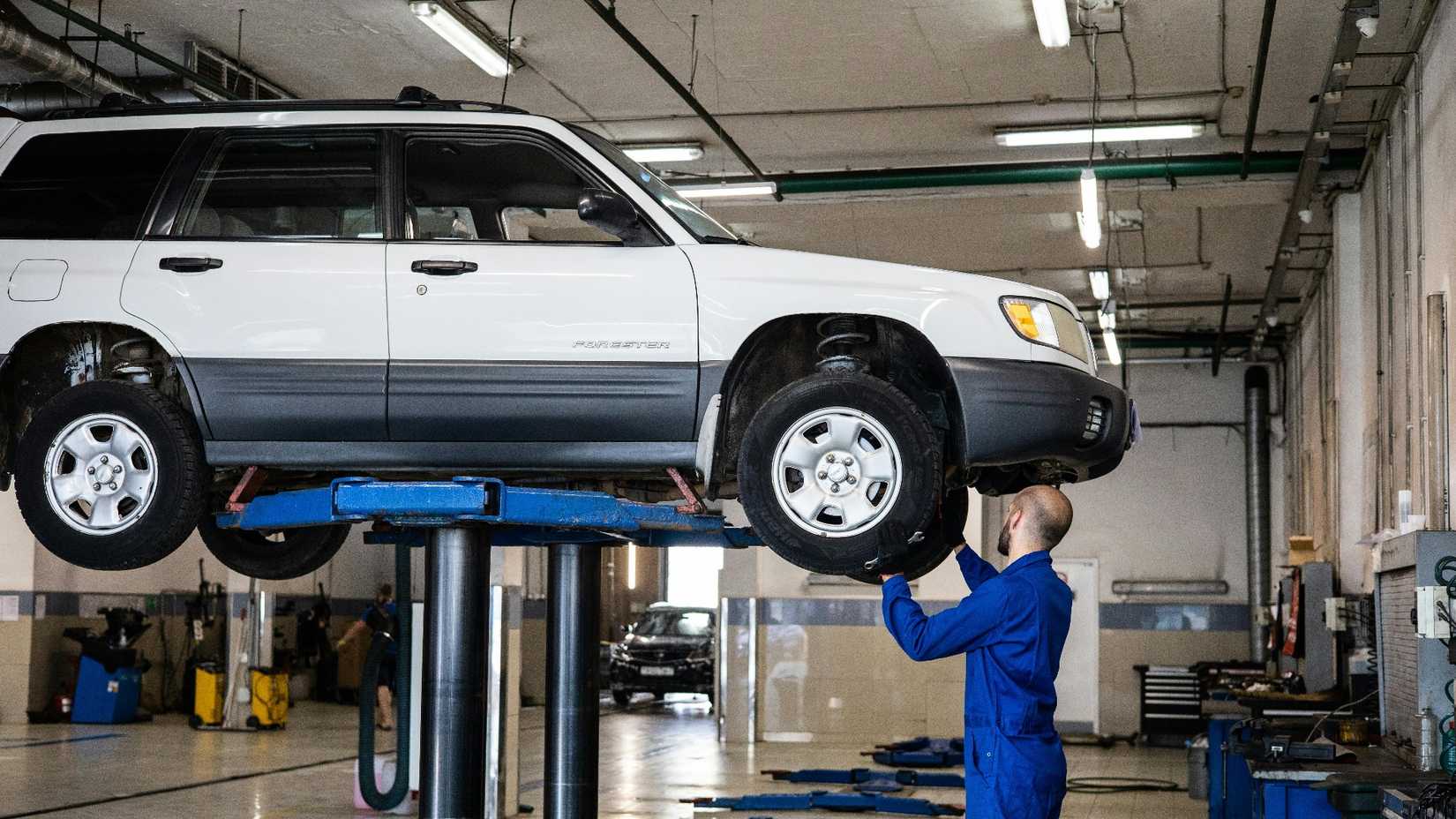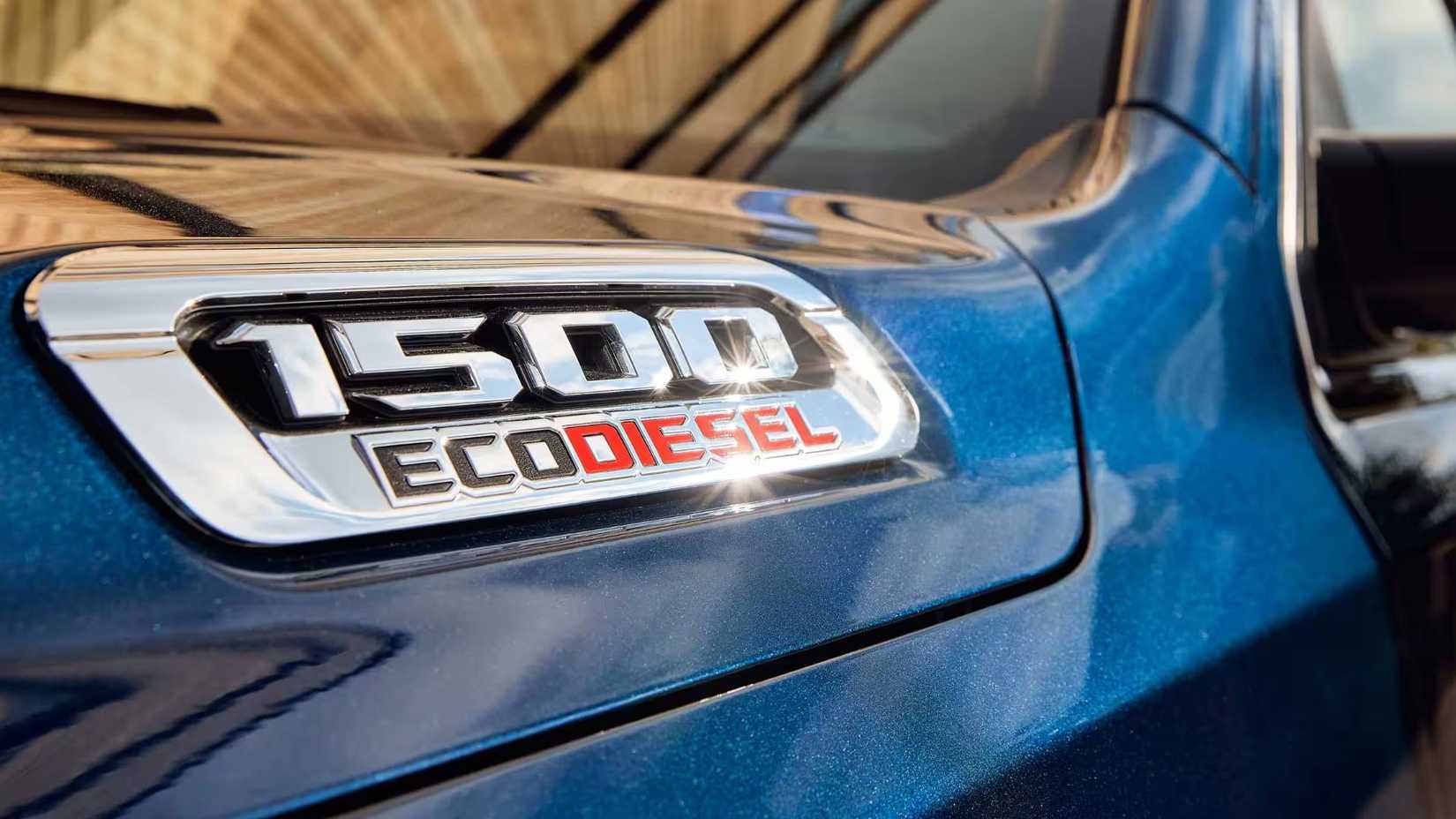Diesel, once a bastion of the future and a savior of fuel economy, has found itself in a very different place since the industry-shaking Diesel Gate incident of 2015. It went from what was seen as the norm in Europe and the future in the U.S., to a dirty fuel only used in commercial vehicles and heavy-duty pickups. Another reason for the crack-down on diesel came in the form of a litany of emissions systems. One of the systems that was introduced is Diesel Exhaust Fluid, a system that is still controversial to this day. In this article we will look at how this system works, what it does, how it breaks and, lastly, what to do if/when it fails.
What Is Diesel Exhaust Fluid, And How Does The System Work?
The Nitty Gritty
As efficient as diesels are in terms of economy, and despite the reduced CO2 they produce, diesels still have one extremely dirty pollutant. Nitrogen-oxide emissions, also known as NOx, are an air pollutant that is prolific in diesels. It is believed that diesels create around thirty times more NOx than an equivalent petrol engine. In the 2000s, manufacturers introduced systems that they claimed would limit NOx output using three-way catalytic converters. After the revelation of Diesel Gate and the introduction of new regulations like Euro 6 in 2015, even more stringent emission systems came into effect, one of these being DEF.
More commonly known as AdBlue, DEF is an additive that mixes with exhaust emissions to neutralize NOx. It is a urea and water solution that you add to a separate tank in the vehicle. This solution is sprayed into the exhaust system and will need to be topped up from time to time. Most modern diesels will have a smart enough DEF system that they will be able to give you the amount of range that you can drive before the system runs dry, where in most cases the vehicle will give you a set amount of time until it goes into limp mode, until more DEF is added. You may start the vehicle and see your DEF symbol or light blinking. This could mean the system just needs a top-up.
What Are The Symptoms Of A Broken/Failing DEF System?
So if you have a diesel with a DEF system and have a DEF light on the dash, what can go wrong, and how can it fail?
Failure to Top Up
This may seem obvious, but some people are not so mechanically inclined and could just see the warning and continue with their day. It may be too late to top up by the time they realize they have an issue. With diesels falling further and further out of favor, it might be difficult to get more DEF while on a road trip. This will cause the car to go into limp mode, and eventually will stop the vehicle from starting up.
Reduced Engine Performance
The most obvious and clear indicator of a failing or failed DEF system is a reduction in engine performance. Most modern diesels are programmed to cut engine power and limit performance. This is done not only to get the drivers’ attention but to protect the exhaust system, which is set up to have DEF sprayed into it. Another reason is emissions, with manufacturers terrified of being accused of having over-polluting vehicles. This is generally the go-to move for the ECU when it detects any emission issues, so attempting to drive a vehicle with a faulty DEF system will result in getting nowhere fast.
Overuse of Diesel Exhaust Fluid
So you have no diesel exhaust fluid light on the dash but are finding you have to constantly fill the tank. This can happen to any DEF system, but it is especially prevalent in early DEF systems that may not have been designed very well. Unless it is a physical leak in the system, the main culprit is usually the jet that sprays the DEF into the exhaust. The nozzle on the jet can get dirty or clogged, causing the jet to be less of a spray, and more of a squirt. This puts extra pressure on the system, which may compensate by adding extra DEF in an attempt to cancel this out. You can get this jet cleaned or replaced, but this can get very expensive.
An Increase in Exhaust Smoke
You can’t have emissions without smoke. A clear indicator of a faulty DEF system is an excess in exhaust smoke as the DEF system fails to suppress the emissions. If your engine is warm and you are still seeing an excess of smoke from your rearview, then you most likely have an issue. Again, a faulty DEF jet could be the cause, or there may be an excess of urea crystallization in the DEF system causing a blockage.
What Can You Do To Prevent DEF Issues?
We have looked at what a DEF system is and how it can go wrong, but what can you do to prevent issues and stop that dreaded DEF light blinking ?
Make Sure To Keep Your DEF Tank Topped Up
Prevention is better than the cure, and when you’re halfway through the desert highways in Nevada with a diesel in limp mode, you will wish you kept your tank topped up. While some gas stations will have an actual DEF pump, you can also buy large bottles of DEF to keep in your vehicle or at home. This leads into our second suggestion.
Store Your DEF Correctly
DEF is a temperature-sensitive liquid and can be affected by where you store it. You should aim to keep the DEF in a place that doesn’t get too cold, as this increases crystallization. Direct sunlight is another factor that can degrade DEF. This creates defective DEF that could create a whole host of issues for your vehicle. Lastly, always use the original container the DEF comes in. There is no point in potentially ruining your DEF unless you are storing it in a climate-controlled tank to pump.
Use the Good Stuff
It may be tempting to use diluted DEF or buy from the gray or private market to save a few dollars, but the price of repairs to your DEF system will vastly outweigh this. Remember when buying DEF to check the expiration date. DEF is perishable and, as such, will lose its effectiveness as an anti-pollutant over time. DEF was standardized with the introduction of the European ISO 22241, so make sure your DEF adheres to those standards.
Use A Qualified Diesel Mechanic
In a lot of cases, your regular mechanic that is used to working on gas-powered vehicles may refuse to work on a diesel, with the emissions systems in particular being a pain to work on and diagnose if you’re not used to them. Even if they do accept the vehicle, their lack of experience with diesels may show in the time for repairs and quality of work. Make sure to contact a qualified diesel mechanic that knows their way around these engines and these emission systems, as the quality of the work and knowledge will go a long way to helping your DEF system do its job.
What Can You Do When Your DEF System Fails?
Repair Or Replace?
You can take all the precautions in the world, but at some point lady luck may still hit you with a DEF light and DEF failure and, boy, is it expensive. DEF systems are complicated, use lots of intricate parts and are a relatively new system in the grand scheme of the diesel engine, so working on them is very expensive. Some people choose to remove their DEF systems entirely and have the ECU reflashed to ignore the fault codes. This move, while cost-effective in the moment, is incredibly short-sighted, and we strongly recommend against it. Not only are you actively deciding to harm the environment, but you will also lose the savings you made down the line. Dealerships will not accept a truck with its DEF removed as a trade-in. Private buyers are going to be more drawn to a bone stock example and not want to deal with the potential headaches of a modified vehicle, especially when it comes to emission systems. State inspection facilities also actively search for vehicles with emission modifications, and may deem your vehicle unroadworthy if any discrepancies are detected.
When it comes to replacing a DEF system, it can be time-consuming and expensive. An entire DEF system replacement can cost between $8,000 for a lighter-duty truck all the way up to $12,000-$15,000 for a commercial vehicle. A scary set of numbers, but generally the whole system won’t require replacing. The most common failure point is the NOx sensor. This is a vital but complicated piece of equipment that can cost between $1,800-$2,100 to replace. There are other things that can go wrong. Leaking pipes can set you back $150-$200, a failing tank level sensor can cost around $500, and the DEF injector itself can cost around $250 to replace.
- DEF system replacement: $8,000-$15,000
- NOx sensor replacement: $1,800-$2,100
- Leaking pipes: $150-$200
- Tank level sensor: $500
- DEF injector replacement: $250
Modern diesels are a scary business, so make sure you use the right Diesel Exhaust Fluid and keep on top of maintenance, or face a scary bill for not doing so.
FAQs
Can you drive with a DEF light on?
Your vehicle may let you drive for a short time, but it may begin to cut performance and power after a short time.
What causes the DEF light to come on?
It is usual caused by a fault in the DEF system, be it a faulty NOx sensor or failing injector.
What do DEF signs on the dashboard mean?
It may be a fault, but it could also be the system trying to warn you of a low DEF tank.
How do I fix my DEF warning light?
If it is not a simple refill of the tank, you may be looking at a $200 sensor all the way up to a $8,000 rebuild.



